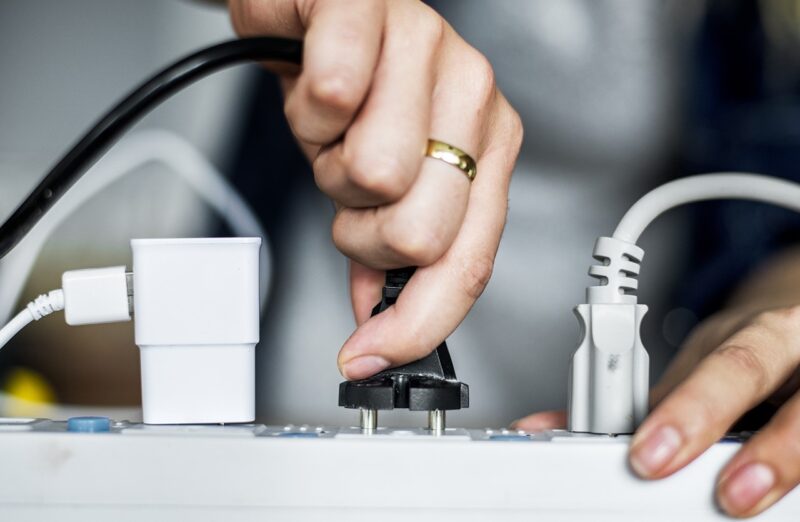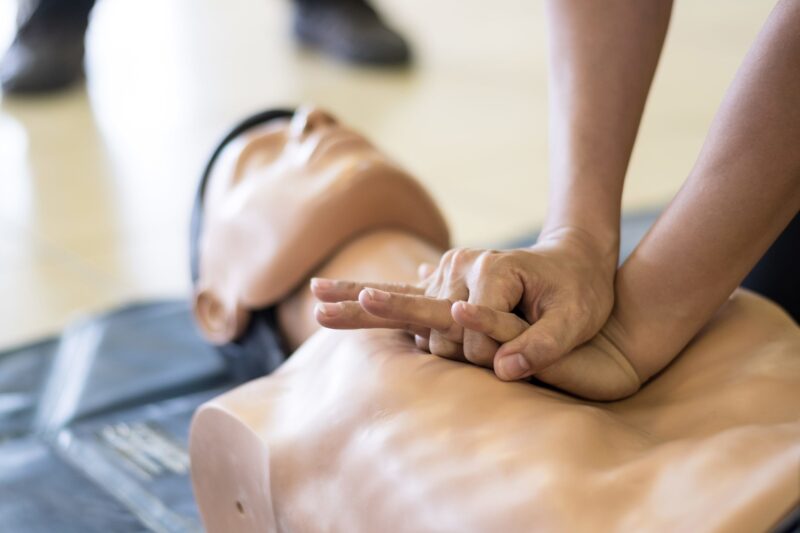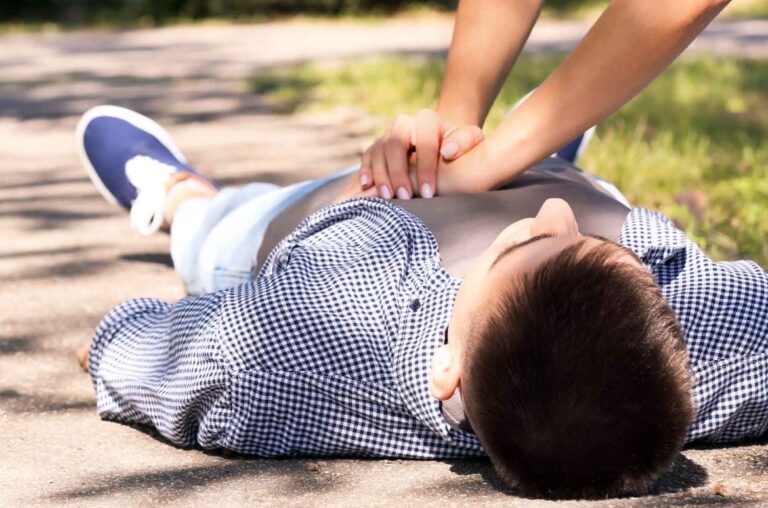Cardiopulmonary resuscitation (CPR) is a life-saving technique that can be performed by anyone in emergencies when someone’s heart has stopped beating or they are not breathing. Knowing when to perform CPR is crucial as it can make a significant difference in the outcome of a medical emergency.
In this article, we will explore 7 situations when you should administer CPR to potentially save a life.
Sudden Cardiac Arrest
Sudden cardiac arrest occurs when the heart suddenly stops beating due to an electrical malfunction. It can happen to anyone, regardless of age, health, or fitness level. When you witness someone suddenly collapse and are unresponsive, not breathing, or only gasping, performing CPR immediately is vital.
Initiating resuscitation can maintain blood circulation and oxygen supply to the vital organs until professional medical help arrives. This is where ”Life Support Training” comes into play, equipping individuals with the necessary skills to act decisively in critical situations like sudden cardiac arrest.
Drowning Accidents

Drowning is the third leading cause of accidental death worldwide. In the event of a drowning accident, the lack of oxygen can lead to cardiac arrest. If you find someone submerged in water and unresponsive, carefully bring them to a safe area and begin CPR immediately.
Prompt action can prevent brain damage and increase the chances of survival.
Choking Incidents
Choking can obstruct the airway, causing a person to become unconscious. In situations where someone is choking and then collapses or is unresponsive, CPR should be administered.
Before starting CPR, try to dislodge the foreign object causing the choking with appropriate maneuvers, but if the person becomes unresponsive, resuscitation takes precedence.
Drug overdose
In cases of drug overdose, a person’s breathing and heart rate may slow down or stop altogether. If you encounter someone who has overdosed and is unresponsive, showing shallow or no breathing, begin CPR immediately.
Remember to also seek medical assistance to address the overdose properly.
Electrocution

Electrocution can disrupt the heart’s electrical activity, leading to cardiac arrest. If you witness someone being electrocuted and they become unresponsive, do not touch the person while they are still in contact with the electrical source.
Ensure the area is safe, and then perform CPR promptly.
Suffocation or Asphyxiation
Instances of suffocation or asphyxiation, such as in cases of smoke inhalation, carbon monoxide poisoning, or airway obstruction, can lead to unconsciousness and cardiac arrest.
If you encounter someone in this state, begin CPR while also addressing the cause of suffocation if possible.
Heart Attack
During a heart attack, the blood flow to a part of the heart is blocked, causing chest pain and potential cardiac arrest. If someone experiences a heart attack and becomes unresponsive, performing CPR can help maintain blood circulation until medical help arrives.
Conclusion

CPR is a vital skill that can save lives in various emergencies. By recognizing the 7 situations mentioned above and taking prompt action, you can significantly improve the chances of a positive outcome for the person in need.
Remember to call for professional medical help whenever possible and continue performing CPR until trained medical personnel take over the situation.
Being prepared and knowing when to perform CPR can make a difference between life and death, turning ordinary individuals into real-life heroes.

